USA / Canada / UK / Ireland / Australia / New Zealand / India / South Africa / China
First published by Hudson Street Press, a member of Penguin Group (USA) Inc., 2013
All rights reserved. No part of this product may be reproduced, scanned, or distributed in any printed or electronic form without permission. Please do not participate in or encourage piracy of copyrighted materials in violation of the authors rights. Purchase only authorized editions.
Every effort has been made to ensure that the information contained in this book is complete and accurate. However, neither the publisher nor the author is engaged in rendering professional advice or services to the individual reader. The ideas, procedures, and suggestions contained in this book are not intended as a substitute for consulting with your physician. All matters regarding your health require medical supervision. Neither the author nor the publisher shall be liable or responsible for any loss or damage allegedly arising from any information or suggestion in this book.
Part I
Myth Information
So much of what we thought we knew about fitness is turning out to be wrong. Here are 15 common misconceptions and what science now says. Best news: no sit-ups!
Myth #1: You should always stretch before exercising.
In 2010, researchers at Florida State University asked ten male athletes to stretch for sixteen minutes, then had them run for an hour on a treadmill. In a later session, the same crew sat quietly for sixteen minutes, and then hit the treadmill for the same duration. Without the pre-run stretch, the men covered significantly more distance while consuming less oxygen. The researchers blunt conclusion: Stretching should be avoided before endurance events.
Still, the pre-game ritual endures. Most of us were taught by our third grade PE teacher that you need a routine of static stretchestouching your toes and holding for thirty secondsto be fast and flexible. Most physiologists now believe that when you elongate muscle cells, you cause a neuromuscular inhibitory response, said Dr. Malachy McHugh, the director of research for the Nicholas Institute of Sports Medicine and Athletic Trauma at Lenox Hill Hospital in New York City and an expert on flexibility. By triggering a protective counterresponse in the nervous system, which tightens the muscle to prevent it from overstretching, you render yourself less powerful. In experiments, static stretching typically decreases strength in the stretched muscle by as much as 30 percent, an effect that can last for up to thirty minutes. That means basketball players who perform static stretches cant leap as high, and sprinters cant generate as much leg propulsion.
Whats more, stretching does not seem to prevent injuries. In several large-scale studies of both athletes and military recruits (who march and run for hours), static stretching did not reduce the incidence of common overuse injuries such as Achilles tendinopathy or knee pain.
New Bottom Line
At best, youre probably wasting your time with stretching before exercise.
Instead, before your next race or workout, throw in the following five-minute ballistic stretching routine. Because these exercises dont stretch tissues to the point of activating the nervous systems protective instincts, they wont cause the negative effects of your old-school toe touches.
1. Jumping jacks (20 or so)
2. Skip forward and backward (for about a minute)
3. High-leg marches: Walk forward, kicking each leg up, knee straight, in front of you, like a tin soldier (for another minute or two)
4. Kick your own butt: Hop on one leg, kicking the other leg backward, touching your buttocks. (Aim for about 10 repetitions with each leg.)
Myth #2: Running ruins your knees.
Jog often, and well-meaning friends and meddlesome strangers will warn that you are going to ruin your knees. What they mean is that running will cause cartilage degeneration and arthritis, leaving you with a limp and a large orthopedists bill.
But science disagrees. A resonant 2011 review of the relevant research found that regular physical activity, especially running or playing sports, affected peoples knees negatively at first glance: Active people had more bone spurs than the couch-bound, which would usually be considered an indication of knee dysfunction.
Yet those in the fit group also rarely suffered from joint-space narrowing, a condition that usually accompanies bone spurs; it occurs when your knees cushioning cartilage wears away and your bones begin closing in on one another, threatening to cause painful bone-on-bone arthritis.
In fact, in most of the studies that the scientists reviewed, active people had greater cartilage volume and were in less danger of developing arthritis than people who coddled their knees by not running or playing sports.
What the reviews findings show, said study coauthor Dr. Flavia Cicuttini, a professor at Monash University in Australia, is that knees adjust to the forces created during activity, in part, it seems, by sprouting adaptive bone spurs. Overall, Dr. Cicuttini said, physical activity is good for joints.
That conclusion received real-world confirmation via a wonderful study from Stanford University that followed middle-aged runners for nearly twenty years, by which time theyd become elderly runners. In the beginning, a few had creaky, mildly arthritic knees. (Interestingly, none of an age-matched control group of healthy non-runners did.) But after twenty years, only a few of the runners had noticeable arthritic changes in their knees joints, while 32 percent of the control group did, with 10 percent of them having developed severe arthritis versus less than 2 percent of the runners.
Similarly, a German study of middle-aged marathon runners found no deterioration within the racers knees over the course of a decade, leading the researchers to speculate that continuous exercise may be protective, rather than destructive, to knees, perhaps by stimulating cartilage cells to divide and rebuild the knees cushioning. By the end of the Stanford study, the runnersnow in their seventies and eightiesmay no longer have been fast (if theyd ever been), but their knees were largely intact and they were all still running.

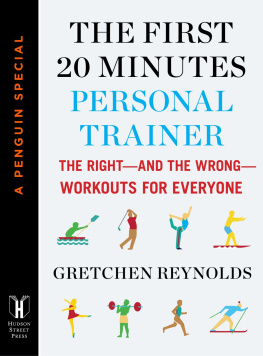
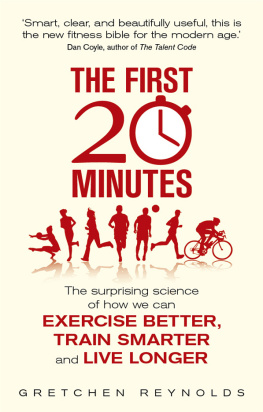
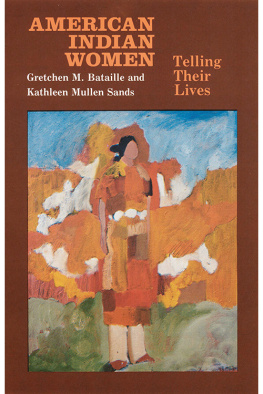

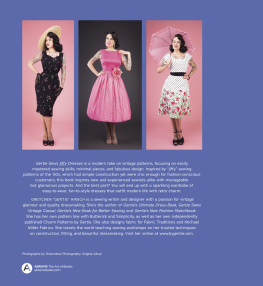
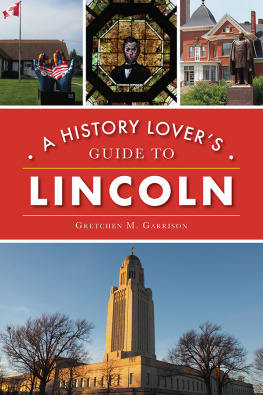
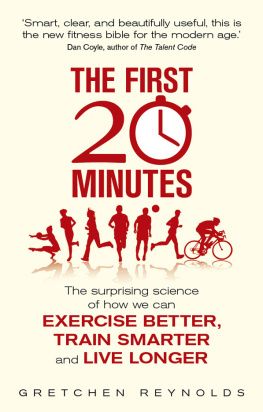
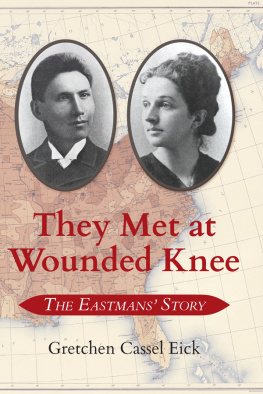
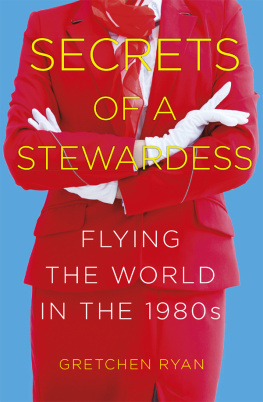

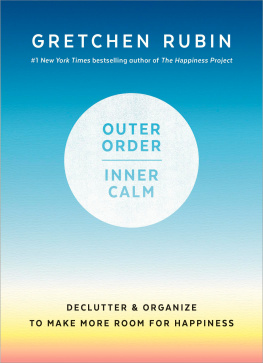



 REGISTERED TRADEMARKMARCA REGISTRADA
REGISTERED TRADEMARKMARCA REGISTRADA